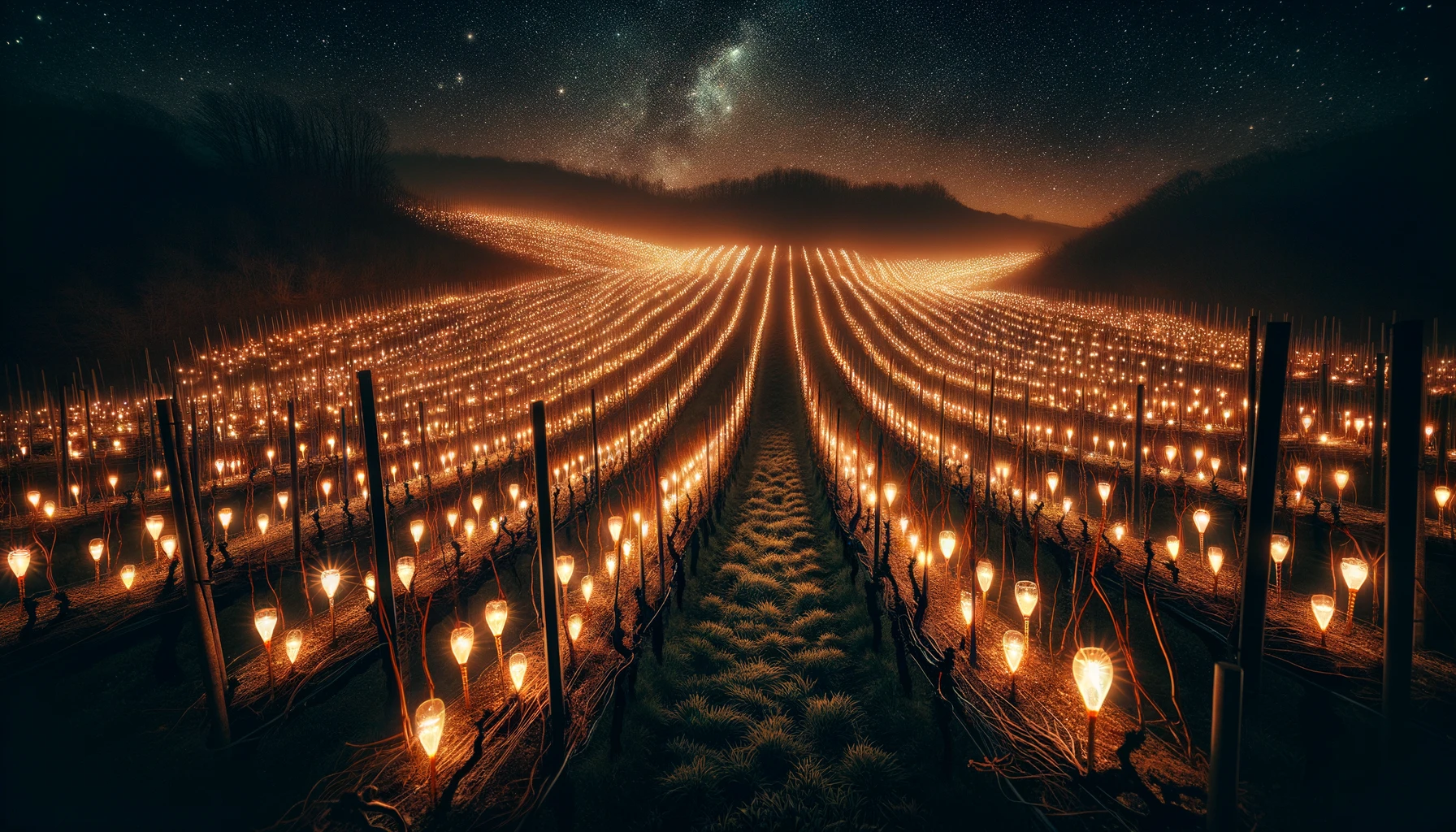There is no denying: we live in challenging times. Sure, not all is bad. On the contrary, a lot of things are great, but you won’t have difficulties finding people willing to tell you that things used to be better not so long ago, especially in the wine sector. Global warming, sky-high production costs and an economic downturn that affects all price points are irrefutable tests to the endurance of wine producers of all sorts. Luckily, knowledge still proves to be an invaluable tool and plenty of it is at our disposal. An article on an important group of producers and how to deal with the challenges past, present and future.
Coops and The German Patient
The Fascination of Cooperatives
One of the areas of research I focus on are the different organizational structures and how they affect quality in its different expressions. A particular form that I find highly fascinating is the one of cooperatives. A catchy definition could be an enterprise created by farmers in order to ensure a shared use of production materials, packaging, bottling, warehousing and marketing, processing of agricultural products from farm holdings, the supply of fertilizers and other raw materials as Montaigne and Coelho wrote in an academic paper more than a decade ago, citing one of its core principles: “One man, one voice”. They also pointed out that new coops have introduced some variations of this principle, so things have changed a little since the inception of the idea of cooperatives in the mid-19th century thanks to Raiffeisen and Schulze-Delitzsch.
Cooperatives are a fascinating topic and well-researched, oftentimes with a focus on the concepts of ownership and governance. For economists the employment of property rights theory and agency theory as conceptual frameworksare a great subject I personally am interested in, but today might not be the day to talk about this and this might not be the place.
Weathering the Storm
What most people in the wine sector are more interested in – and you surely can see why that may be the case – is the overall economic situation and its outlook. We talked here a fair bit of recent about overproduction, sliding prices for fine wine, and the ever-changing landscape that is the global wine industry. Regularly we have been reading about the dire situation we find ourselves in and the grim prospects for the foreseeable future. Naturally, considering my interest in coops and following the overall trends, the question pops up how they are doing in the current situation. One way to find out about it would be making the rounds, talking to people and trying to put the pieces together to get a dependable picture. Another would be to rely on the work already done by smart people and one such piece is a paper by Barbara Richter and Jon Hanf from Geisenheim University entitled “Competitive Strategies for Wine Cooperatives in the German Wine Industry”.
Research-based Evidence
Now you will notice that the paper was originally already published in 2020, so it does not contain the latest data, but if you look closer you will see that the problem had been in the making for some time. As the authors pointed out correctly, wine markets across Europe were reaching saturation levels – and probably for some time – as cooperatives found themselves at the crossroads of industry dynamics, particularly in wine-rich nations such as Spain, France, and Italy. German wine cooperatives, akin to their peers elsewhere in Europe, confront a formidable conundrum: the relentless onslaught of competition. A cogent, market-oriented strategy emerges as their compass, guiding them through turbulent waters. Striking a delicate balance between securing a competitive foothold within the industry and nurturing symbiotic relationships with their members, who, in turn, safeguard precious vineyard territories, is paramount. The German examples should therefore shed some light on the nuanced challenges faced by German wine cooperatives, and by extension, their counterparts across the continent.
Drawing from an extensive reservoir of insights, the study presents a constellation of strategic pathways for cooperatives to gain ascendancy in the relentless wine sector. The clarion call is for cooperatives to pivot towards market orientation, aligning their sails with the ever-shifting currents of consumer preferences, transcending the confines of insular production and member-focused paradigms. Giants of the cooperative realm can deploy cost-focused strategies for expansive, nationwide distribution, while their smaller and medium-sized counterparts chart courses toward regional cost leadership, skillfully navigating the terrain. The quest for distinctiveness beckons. Cooperatives, like artisans, can weave their unique tapestries through the establishment of robust brands, the unveiling of novel wine varietals, and charting uncharted waters through export forays. In unity, strength. Collaborative endeavors with fellow producers serve to diminish the influence wielded by retailers, a potent maneuver with relevance beyond borders and adaptable to akin market topographies. Elevating the customer experience emerges as a strategic linchpin. By bestowing supplementary services that tantalize both retailers and consumers, cooperatives can vault to a venerated stature on the stage. In the face of membership volatility and generational transitions, cooperatives can unfurl the sails of adaptability. Initiatives like flexible memberships and mentorship programs to foster emerging talent are sails set for success. Overall, not such a gloomy picture, yet requiring a lot of hard work.
The Bottom Line
So far, so good. However, with regard to the underlying question – how do coops endure the current storm in the wine glass – we already pointed out that the time of publication could be considered a limitation for the purpose of this article. Another we cannot disregard that the study’s findings bear the distinct imprint of their origins, chiefly German wine cooperatives. Thus, their transference to cooperative entities in other European domains or globally ought to be approached with measured caution. Yet, I believe it delivers some valuable insights on the daunting challenge cooperatives face and the potential that gleams despite the clouds. Naturally, what is made of it, is a different story.
—
Disclaimer: As always, I’d like to be completely transparent about affiliations, conflicts of interest, my expressed views and liability: Like anywhere else on this website, the views and opinions expressed are solely those of the original authors and other contributors. The material information contained on this website is for general information purposes only. I endeavour to keep this information correct and up-to-date, I do not accept any liability for any falls in accurate or incomplete information or damages arising from technical issues as well as damages arising from clicking on or relying on third-party links. I am not responsible for outside links and information is contained in this article nor does it contain any referrals or affiliations with any of the producers or companies mentioned. As I said, the opinions my own, no liability, just thought it would be important to make this clear. Thanks!




